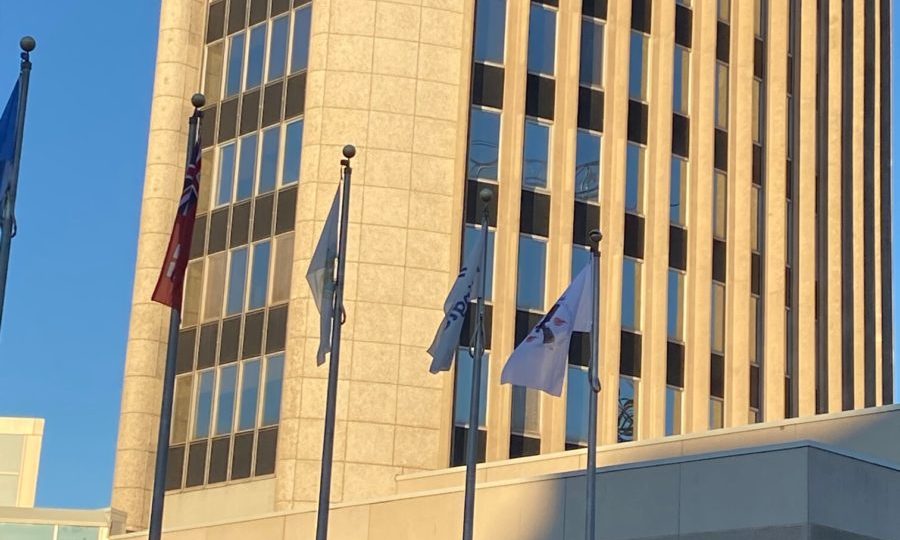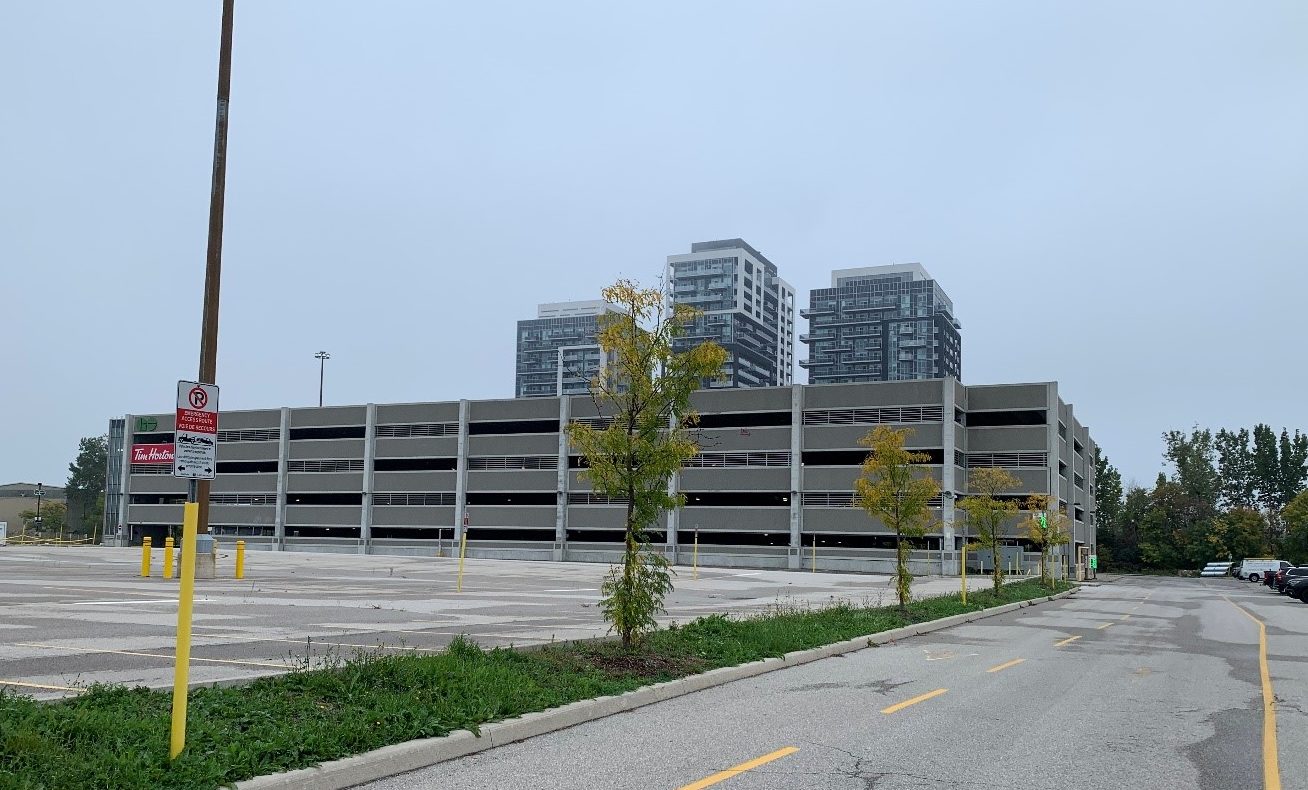By Claudette Sims, Halton Master Gardener
Clean tools
Before doing any garden work, take the time to clean your secateurs, pruners, and saws. A simple wipe with rubbing alcohol between pruning plants will help to stop the transmission of disease. Learn more in this article.
Perennials
Divide and transplant overgrown fall-blooming perennials on an overcast day before they fully emerge. Check this extensive spreadsheet of individual perennials for when and how to divide them.
Veggies
Seed cool-weather crops like lettuce, peas, or radishes in beds or containers now. Harden off seedlings starting in mid-May, in a sheltered location, from 1–2 hours on day one, and increasing each day to full sun. Plant tomatoes in the garden when they’re about 6” high (15 cm) and all danger of frost is past. Plant deeply, right up to the bottom leaves.
Corn — sow corn seeds when oak leaves are the size of a squirrel’s ear!
Tender annuals
Wait until the temperatures are warm enough at night before planting, usually the May 24 weekend.
House plants
Increase watering and feeding, preferably with a dilute organic fertilizer. If the soil is drying out quite quickly between watering, it may be time to re-pot, one size larger. Note: Hoya and Nile Lily (Agapanthus) flower when slightly pot-bound, so re-pot these less often.
Roses
Check this informative blog about caring for roses from the Royal Botanical Gardens. You can prune roses just as the new growth is showing. Here’s an introductory video to show you how (below or click here). Consider adding some attractive companion plants near your roses to attract beneficial insects and extend the bloom season: Butterfly Milkweed, dill, fennel, Golden Alexanders, “Fireworks” Goldenrod, Calico Aster, and Spotted Bee Balm.
Lawn
Early to mid-May is a great time to revive your lawn, especially if it is looking thin and weak. Over-seed, especially in bare areas, and then top dress with a ½ inch (2 cm) of fine textured compost/manure. Areas with moss may indicate soil has been compacted and nutrient level is likely low. Consider embracing the moss and allowing it to grow or transition mossy areas to a garden bed with non-invasive groundcovers or plants suited to the existing conditions.
Spent blooms and stems
Remove spent blooms of hydrangea, chop and drop stems or “plant” them in front of a fence or wall for birds and stem-nesting insects.
Weeds and invasive plants
Keep pulling lawn weeds such as dandelions and monitor your garden for seedlings of invasive garlic mustard, buckthorn, multiflora rose. Check this weed ID guide to help identify common weeds in your garden.




